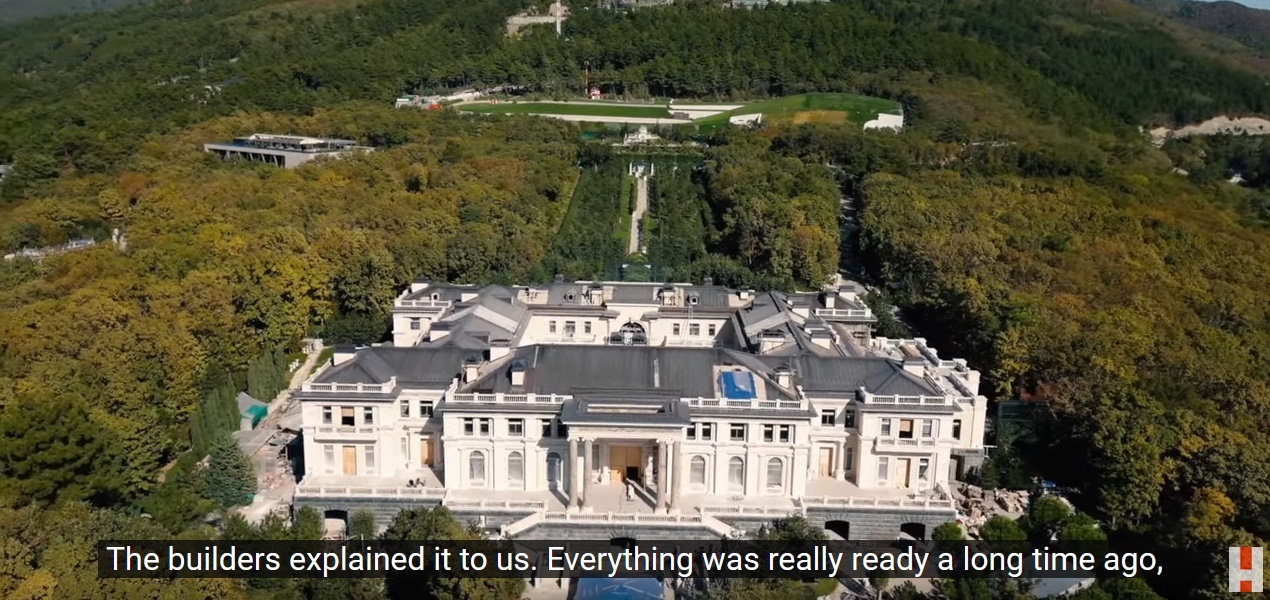Pedro Nicolas emphasized to Efe that the form of a protected natural space requires a “difficult balance” in which the inhabitants of the environment must be compensated for “to completely abandon all their traditional activities” but that it is necessary to protect the environment.
This geographer and mountaineer just posted “The best of nature in Spain” (Lonely Planet), a guide to protected natural spaces that examines their geographical, biological as well as cultural aspects, in which the need for this conservation action is highlighted because it is “the only way to give time to society and the concept of the environment to evolve in another way”.
The hope is that “this figure may not be necessary in the future, because today” to ensure the preservation of these ecosystems.
24 National, Natural and Provincial Parks
In his book, he examines a total of 24 destinations among national, natural, and regional parks although it is “not a strict guide for mountaineers or advanced hikers” but looks for people “who have a slightly informed curiosity about nature.”
The text includes detailed explanations of the flora and fauna, geology, advice on visits and suggestions for excursions of varying degrees of difficulty, although it “not only indicates where a good view is to be found, but explains all the values which constitute the essence under which that particular area has been proclaimed.” A protected natural area.
Pedro Nicholas told Efe that initially, the guide was intended to cover national parks exclusively, a total of 15 at the time of writing, when the Sierra de las Nieves was not officially included in the list. in Malaga.
He asserted that “there are many natural enclaves in Spain that could qualify for this qualification”, citing the Gredos massif as an example “because of their geological strength, size and environmental, social and cultural conditions”, but he also recognized that “we cannot choose the pure feeling of protecting everything” But it is better to ensure the preservation of those places” where natural values are indisputable”.
Iberian peninsula “miniature continent”
In his work he is supposed to describe the Iberian Peninsula as “a miniature continent, less vast than the continent understands, but with greater or greater diversity” which “is more true if we consider the whole of Spain as two continents. An archipelago, one of which is purely Mediterranean, the other subtropical and oceanic.”
Finally, it ended up selecting and listing eight other natural or regional parks in order to “cover a variety of landscapes and areas of interest, which would give a fairly complete picture” of Spain’s wealth in terms of biodiversity.
Thus, it brings together descriptions of mountains, coasts, swamps, volcanoes or wooded terrain, although the middle or high mountain areas are the most representative due to the fact that they prevail among the different Spanish natural systems.
Another factor justifying this preference is that these “areas which, due to their physiographic or topographical characteristics, have better defended themselves from the artificial action of man” over time.
In addition to working as a teacher in Autonomous University of Madrid For over 35 years, Pedro Nicholas’ passion for nature has led him to visit many places around the world such as the Moon Mountains, Tibet, Greenland or Patagonia, among other destinations, as well as participating in the drafting of the previous report. Reports to announce the Sierra de Guadarrama National Park, and as a technician, in the review of plans for the use of Ordesa and Monte Perdido. EFEgreen.




/cloudfront-eu-central-1.images.arcpublishing.com/prisa/PWYHLXDH3BGDZD2YX4C6JADUGI.jpg)
